
'Super-habitable' alien planets may exist, that are better for life than Earth
Astronomers have identified nearly two dozen promising candidates
Earth may be the only planet in the universe that we know to support life. However, astronomers have identified several alien exoplanets that could have even better environments, making them super-habitable.
A little over twenty years ago, the universe was a lonely place where alien worlds only existed in science fiction. Since then, astronomers using newer and better telescopes have revealed that even our local galactic neighbourhood is actually home to thousands of exoplanets. While the discoveries so far cover a wide range of possibilities, of particular interest have been those worlds that orbit their host star within the so-called Habitable Zone.
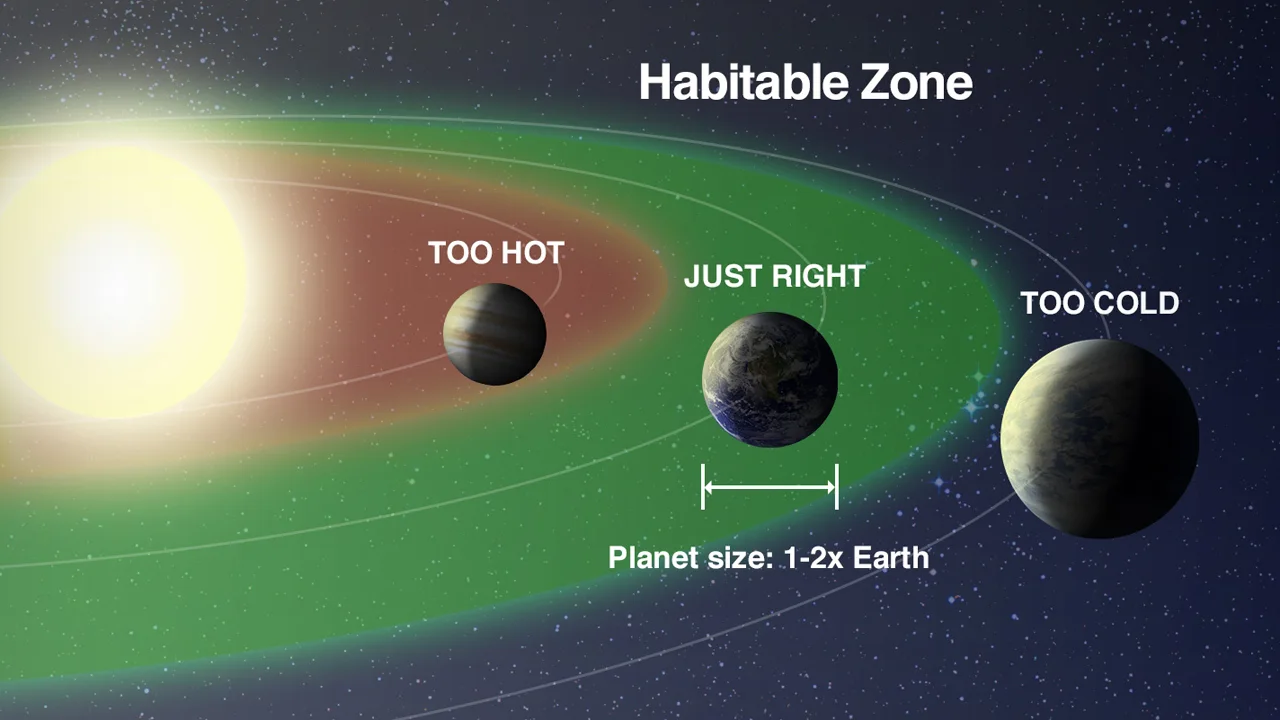
Due to the 'just right' conditions there, the habitable zone is often called the Goldilocks Zone. Credit: NASA Exoplanet Exploration
The habitable zone isn't a rigid barrier to the potential for life, though. It merely defines the area around a star that receives just enough solar radiation that you could have liquid water flowing on a planet's surface. Closer to the star, the water vaporizes and heats up the planet. Farther away, the water freezes solid, and you have a snowball planet.
Earth orbits within the Sun's habitable zone, and it certainly had the right conditions and ingredients for life to develop and thrive. Even at its best, though, when we consider all the planets out in the galaxy, Earth may only be moderately habitable.
In a new study published in the journal Astrobiology, a team of researchers went looking for potential super-habitable worlds - planets with even greater potential to host life than Earth. Combing through the over 4000 exoplanets discovered so far, they identified nearly two dozen candidates.
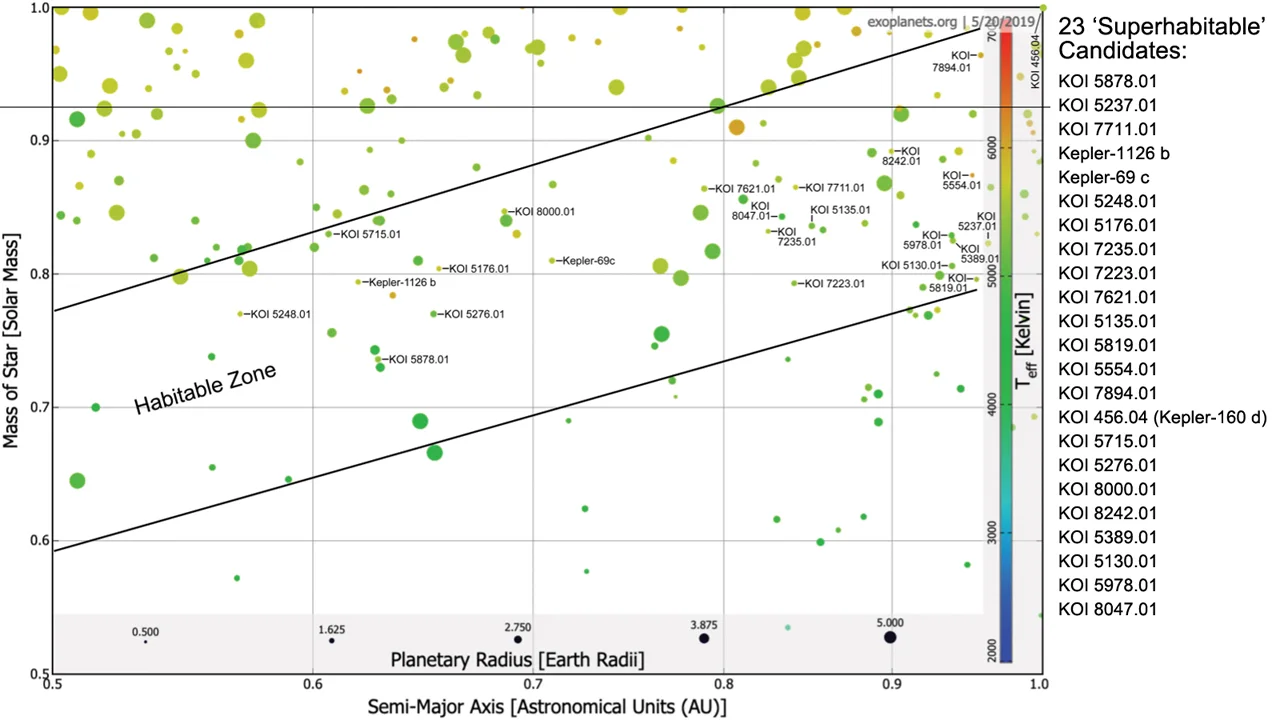
This chart from the study plots the 23 'super-habitable' candidates based on their host star's mass and their distance from the star. The size of each candidate's dot represents the planet's relative size. Credit: Schulze-Makuch, et al.
"It's sometimes difficult to convey this principle of superhabitable planets because we think we have the best planet," study lead author Dirk Schulze-Makuch, a geobiologist at Washington State University, said in a press release. "We have a great number of complex and diverse lifeforms, and many that can survive in extreme environments. It is good to have adaptable life, but that doesn't mean that we have the best of everything."
Schulze-Makuch, along with co-authors René Heller of the Max Planck Institute for Solar System Research and Edward Guinan of Villanova University, gave careful consideration to what would make a planet super-habitable. During their search, they looked for ones that would be slightly larger and more massive than Earth, slightly warmer than Earth, and orbiting a cool, quiet K-type star that was between 5-8 billion years old.
A planet just a bit larger and more massive than Earth could retain a thicker atmosphere without turning the planet into a water world or mini-Neptune). This would open up more of the habitable zone since it could orbit farther out and still retain enough heat.
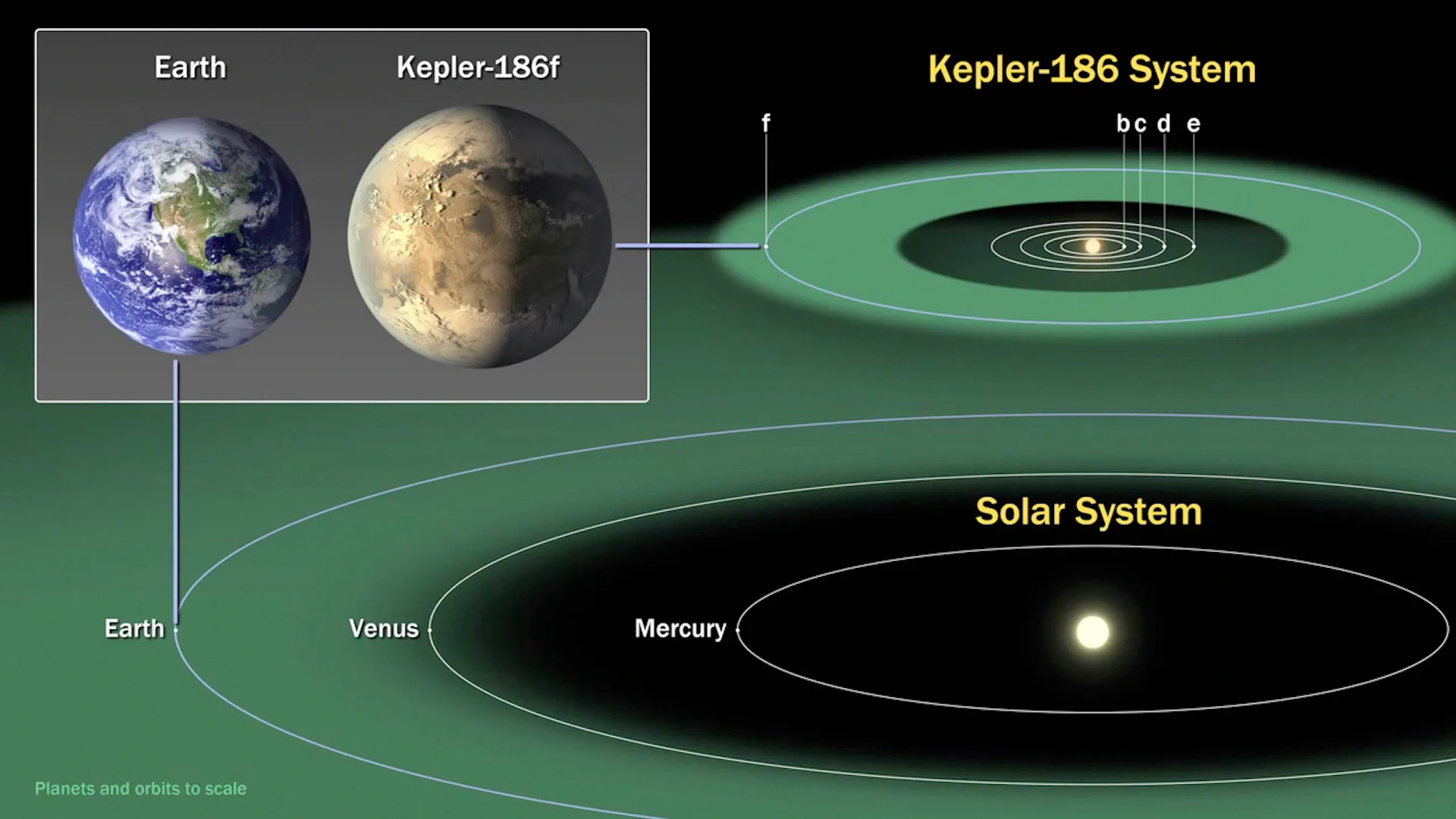
In this artist's impression, super-Earth exoplanet Kepler-186f is situated within its star's habitable zone at roughly the same relative location as Mars. Although not identified as potentially super-habitable by this study, Kepler-186f's larger size could help its chances of being habitable. Credit: NASA's Ames Research Center
Take Earth and Mars as examples. Earth is at the right temperature, but we are relatively close to the inner edge of the Sun's habitable zone. Mars, being smaller and farther out, is a frigid desert world. Put a planet a bit larger and more massive than Earth in Mars' orbit, and it could easily qualify as a super-habitable world.
The type of star is critical as well, and K-dwarfs seem to fit the bill nicely. They're smaller, relatively cool stars that put out less ultraviolet radiation than a more massive Sun-like star. Simultaneously, they are also much quieter than the volatile M-type red dwarfs, many of which frequently blast out intense, planet-sterilizing x-ray flares.
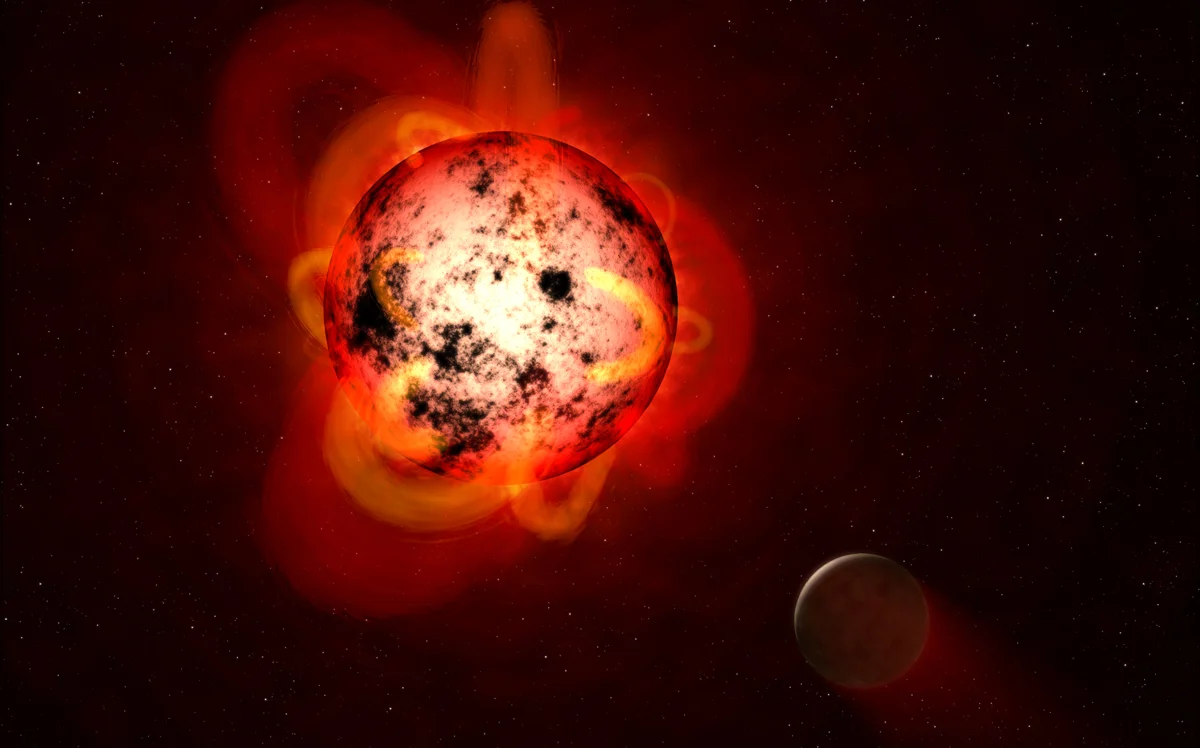
This volatile red dwarf frequently blasts its planet companion with severe x-ray flares. Credit: NASA
Additionally, some super-habitability factors set out in the study are ones we simply can't know about any of the exoplanets found so far. These include having an Earth-like atmosphere with a bit higher oxygen content and more abundant water vapour, and having a good distribution of land and ocean, with lots of shallow water areas and island chains. Additionally, a system of plate tectonics in place would help, and having a strong protective magnetic field is essential. The presence of a large moon at a moderate distance would also stabilize the planet's tilt and climate.
Not all of the candidates picked out by the researchers satisfy all of the requirements, though - not even the ones we can know about. Some are too large or massive. Some orbit the wrong type of star. Some are too warm or cold. Others aren't old enough.
RELATED: HUBBLE SPOTS WATER VAPOUR IN THE ATMOSPHERE OF AN ALIEN WORLD
The exoplanet with the greatest potential for superhabitability from this study is one named KOI-5554.01. It will get a slightly more interesting name if its existence is confirmed by another telescope. For now, though, it is roughly 700 light years away from us, orbiting a Sun-like star at approximately the same distance that Earth orbits the Sun. As a super-habitable planet, though, it could have the right size and temperature, and it's roughly 2 billion years older than Earth. That's reasonably promising (if it exists).
The purpose of the study was not to actually find a super-habitable planet, though.
"For now, this question remains open because we cannot evaluate all items on our list," the researchers wrote in the study. "Current technology simply does not allow us, for example, to measure global temperatures on extrasolar planets anywhere close to the accuracy needed. Data are also currently lacking to calculate the [Planetary Habitability Index] for any exoplanet."
Today's telescopes also can't tell the distribution of land and water on an exoplanet's surface. Nor can they determine if a planet has plate tectonics or a geomagnetic field. Astronomers have only begun to explore the possibility of finding exomoons. Even then, they are only likely to find them around massive Jupiter-like planets to start.
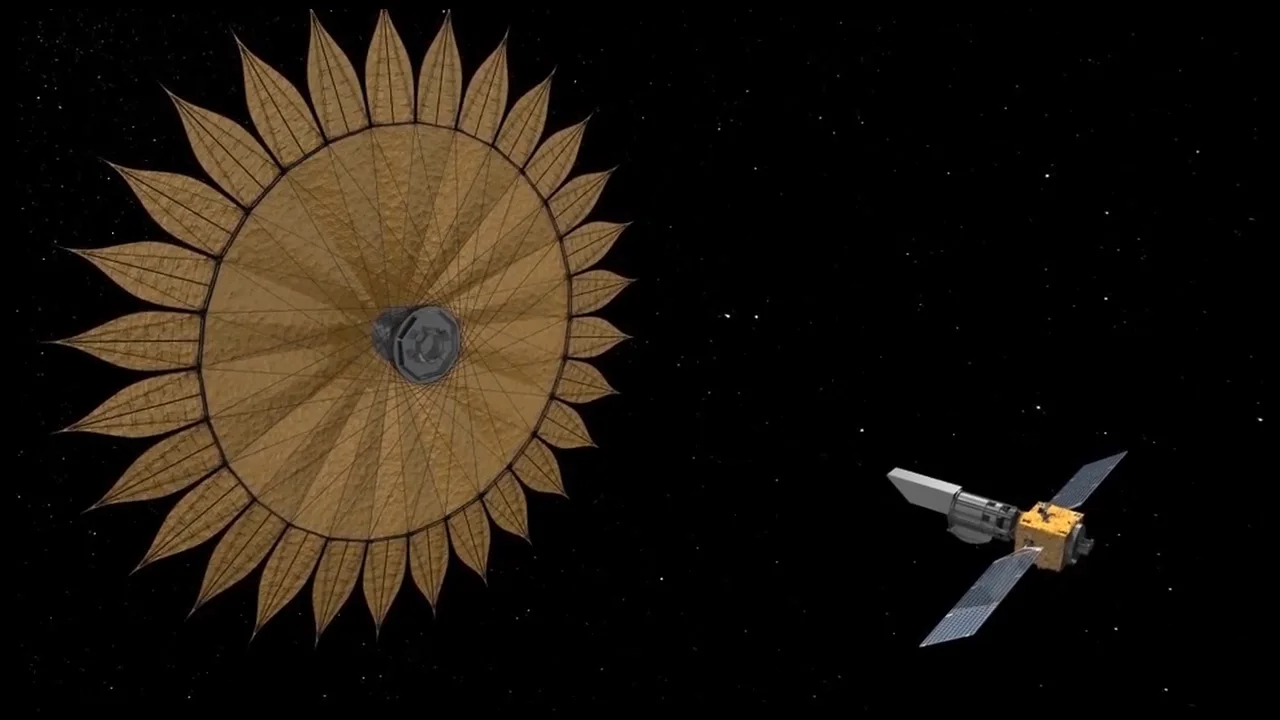
This artist's impression shows the concept of a Starshade. This technology would work with a space telescope to block a star's light to reveal planets orbiting that star. Credit: NASA/JPL-Caltech
With the number of exoplanets found increasing all the time, though, this list gives astronomers somewhere to start when the search for super-habitable worlds begins in earnest.
"With the next space telescopes coming up, we will get more information, so it is important to select some targets," said Schulze-Makuch. "We have to focus on certain planets that have the most promising conditions for complex life. However, we have to be careful to not get stuck looking for a second Earth because there could be planets that might be more suitable for life than ours."











